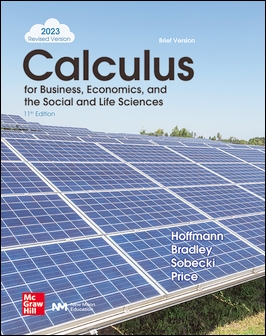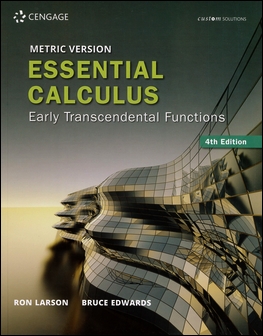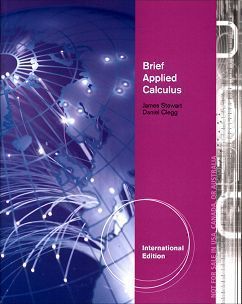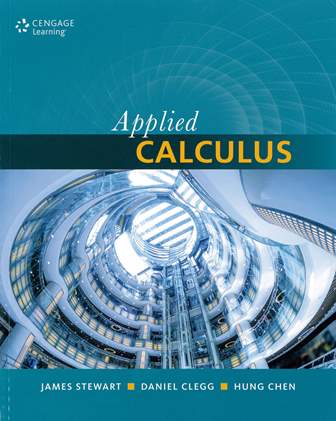書籍分類
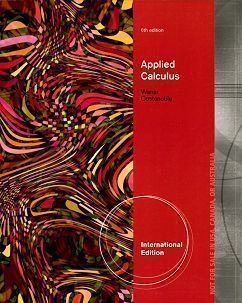
Applied Calculus 6/e
作者:Stefan Waner, Steven Costenoble
原價:NT$ 1,200
內容介紹 本書特色 目錄 作者介紹
- Description
Full of relevant, diverse, and current real-world applications, Stefan Waner and Steven Costenoble's APPLIED CALCULUS, 6E, International Edition helps your students relate to mathematics. A large number of the applications are based on real, referenced data from business, economics, the life sciences, and the social sciences. Thorough, clearly delineated spreadsheet and TI Graphing Calculator instruction appears throughout the text. The Technology Notes and Technology Guides are optional, allowing you to include any amount of technology instruction in your courses. Acclaimed for accuracy and readability, APPLIED CALCULUS, 6E, International Edition appeals to, and is appropriate for, all types of teaching and learning styles. Resources, such as the accompanying author website, allow the text to support a range of course formats, from traditional lectures to strictly online courses.



